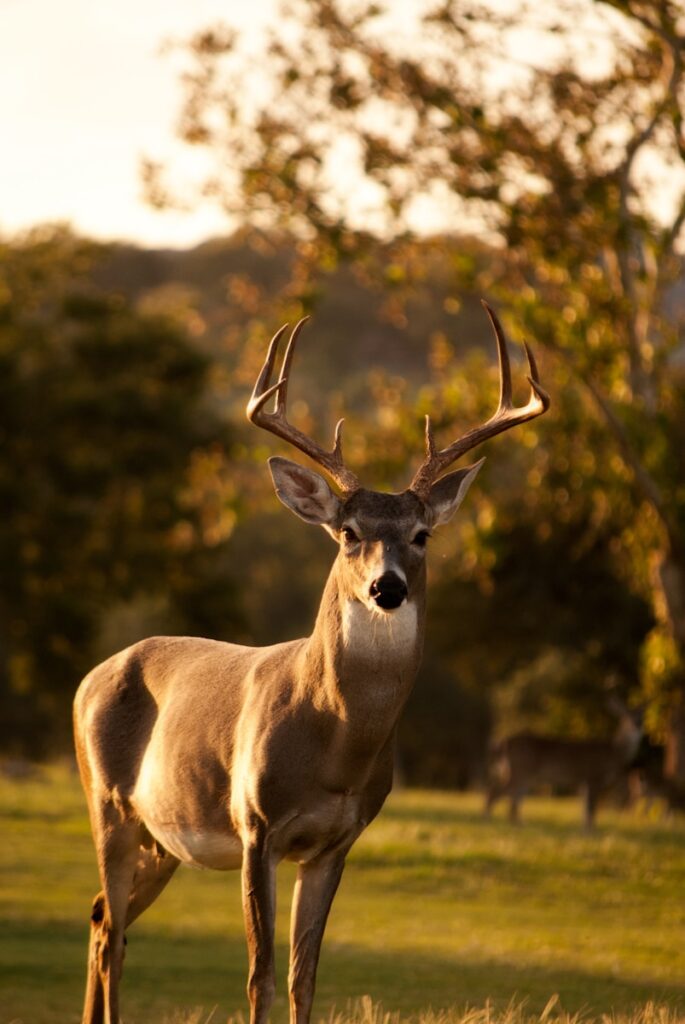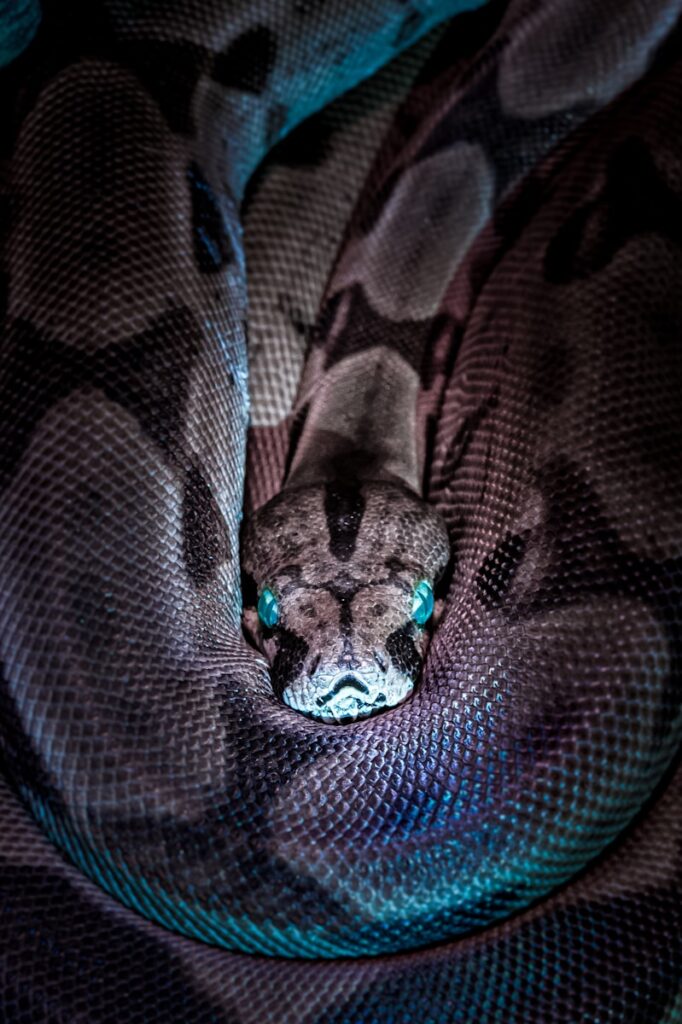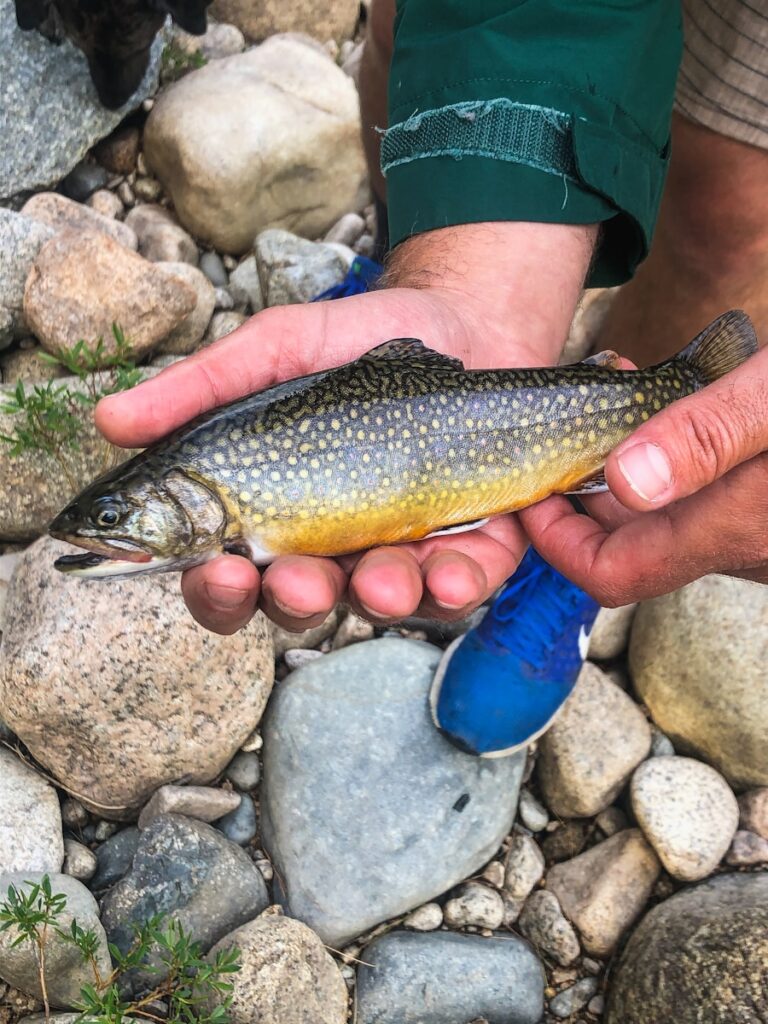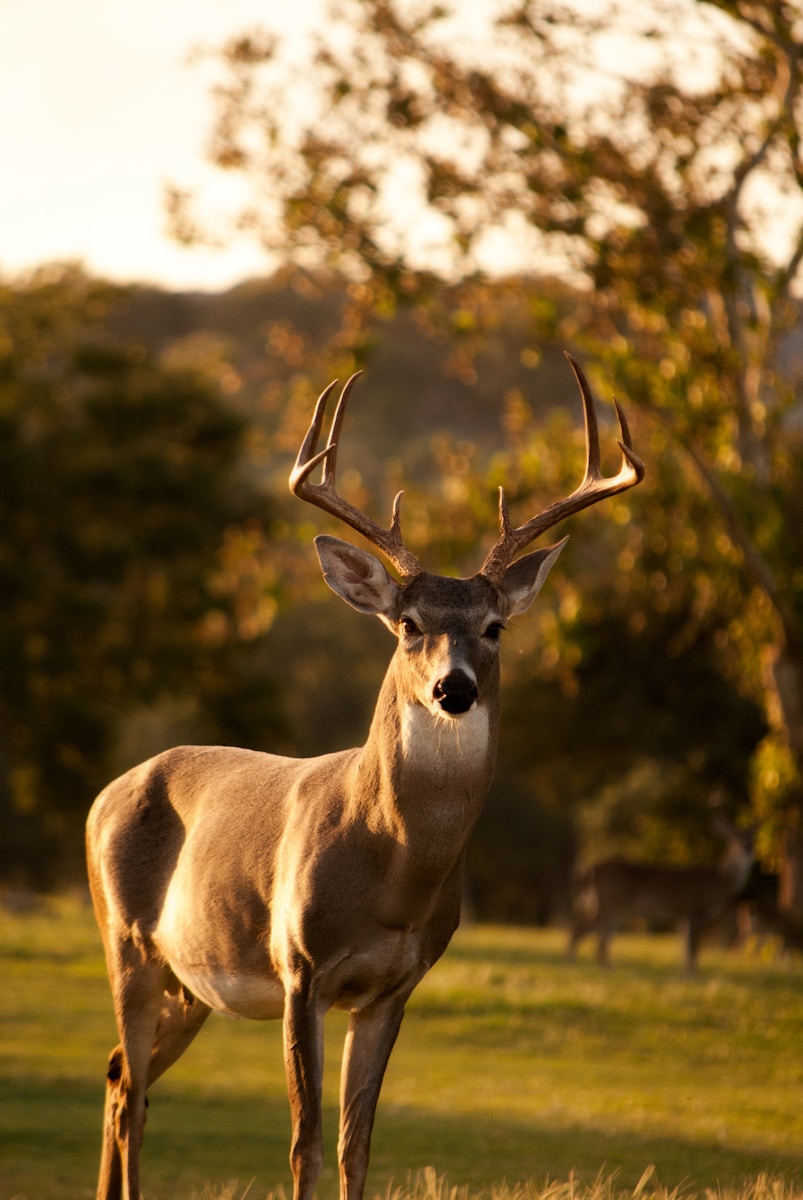Whitman County, located in the southeastern part of Washington State, is home to a rich diversity of wildlife. This Whitman wildlife guide explores the various mammals, birds, reptiles, amphibians, insects, arachnids, and aquatic life that inhabit the region. Emphasizing the importance of conservation and responsible wildlife viewing, this guide provides an in-depth look at the local fauna and offers tips for appreciating and protecting these natural treasures.

Table of Contents
Mammals of Whitman County
Whitman County hosts a variety of common mammal species, providing ample opportunities for wildlife observation. Deer are among the most frequently sighted mammals, often seen grazing in fields or moving through forested areas. White-tailed deer and mule deer are the two primary species in the region, easily identifiable by their distinctive tails and antler shapes. These graceful animals play a crucial role in the local ecosystem, serving as both prey and grazers that help maintain vegetation balance.
Coyotes are another notable mammal in Whitman County, known for their adaptability and intelligence. These canids are often heard howling at dusk and dawn, communicating with their packs across the landscape. Coyotes thrive in various habitats, from open grasslands to forested areas, and are skilled hunters, preying on small mammals, birds, and insects. Observing coyotes can provide fascinating insights into the behavior and social structures of these resilient animals.
The diverse habitats in Whitman County, including forests and grasslands, support a wide range of mammal species. Forested areas offer shelter and food for creatures such as raccoons, skunks, and squirrels, while grasslands provide ideal conditions for small mammals like rabbits and ground squirrels. Each habitat supports a unique community of mammals, contributing to the overall biodiversity of the region.
Birdwatching in Whitman
Birdwatching in Whitman County is a rewarding experience, with numerous popular bird species to observe. Raptors, such as hawks, eagles, and owls, are commonly seen soaring above the fields and perched on tree branches. These majestic birds of prey are skilled hunters, often spotted scanning the ground for potential meals. Bald eagles, in particular, are a notable presence, especially near water bodies where they hunt for fish.
Songbirds add a melodic charm to the county’s natural soundscape. Species like sparrows, warblers, and finches can be found flitting among the trees and shrubs, their colorful plumage and melodic songs adding vibrancy to the environment. During migration seasons, Whitman County becomes a hotspot for birdwatchers, with flocks of birds passing through on their way to and from their breeding grounds.
The best birdwatching spots in Whitman County include parks and nature reserves that offer ideal habitats for various bird species. Areas like Kamiak Butte County Park and Steptoe Butte State Park provide excellent vantage points for observing both resident and migratory birds. These locations offer a mix of open spaces, forested areas, and water sources, creating diverse environments that attract a wide range of avian life.
Reptiles and Amphibians
Reptiles are a fascinating part of Whitman County’s wildlife, with several common species inhabiting the region. Lizards, such as the northern alligator lizard and western fence lizard, are often seen basking on rocks or darting through underbrush. These reptiles are well-adapted to the local environment, using their speed and agility to evade predators and capture insects.
Snakes are another group of reptiles found in Whitman County, with species like the gopher snake and western rattlesnake being notable residents. Gopher snakes are non-venomous and beneficial for controlling rodent populations, while western rattlesnakes, though venomous, are generally shy and prefer to avoid human contact. Observing snakes can provide valuable insights into the region’s ecosystem and the role these reptiles play in maintaining ecological balance.

Amphibians, including frogs and salamanders, thrive in the wetlands and streams of Whitman County. Wetlands provide essential breeding grounds and habitats for these creatures, with species like the Pacific tree frog and long-toed salamander commonly found in these moist environments. Amphibians are important indicators of environmental health, as their permeable skin makes them sensitive to changes in water quality and habitat conditions.
Insects and Arachnids
Insects and arachnids are integral to the biodiversity of Whitman County, with notable species adding to the ecological tapestry. Butterflies, such as the monarch and painted lady, are a delight to observe, especially during the warmer months when they are most active. These pollinators play a crucial role in the reproduction of many plant species, contributing to the health of local ecosystems.
Spiders are another important group, with various species inhabiting the county. Orb-weaver spiders, known for their intricate webs, and wolf spiders, which hunt on the ground, are common sightings. These arachnids are effective pest controllers, keeping insect populations in check and maintaining ecological balance.
Seasonal appearances of insects and arachnids highlight the dynamic nature of Whitman County’s wildlife. Spring and summer are peak activity times, with a surge in insect populations providing food for birds, reptiles, and other animals. Observing these creatures during their active seasons offers a glimpse into the complex interactions within the local ecosystem.
Aquatic Life
Whitman County’s rivers and lakes are home to a variety of fish species, making aquatic life a significant component of the region’s biodiversity. Trout, including rainbow and cutthroat trout, are popular among anglers and play a vital role in the aquatic food web. These fish are often found in cooler, fast-flowing streams and rivers, where they feed on insects and smaller fish.

Bass, including largemouth and smallmouth bass, are another key species in the county’s lakes and reservoirs. These predatory fish are known for their aggressive feeding behavior and are a favorite target for sport fishing. The presence of diverse fish species in Whitman County’s waterways supports a range of aquatic and terrestrial wildlife, contributing to the overall health of the ecosystem.
Aquatic habitats, such as rivers and lakes, provide essential environments for a variety of organisms. These water bodies support not only fish but also amphibians, insects, and plants that are adapted to life in and around water. Protecting these habitats is crucial for maintaining the biodiversity and ecological integrity of Whitman County.
Conservation Efforts
Conservation efforts in Whitman County are focused on preserving the region’s rich biodiversity and ensuring the sustainability of its natural habitats. Local initiatives include habitat restoration projects that aim to rehabilitate degraded areas and enhance wildlife corridors. These projects often involve planting native vegetation, removing invasive species, and improving water quality to support a diverse array of wildlife.
Community involvement is a cornerstone of successful conservation efforts. Volunteering opportunities are available for those interested in contributing to habitat restoration, wildlife monitoring, and educational outreach. Citizen science programs also offer a way for residents and visitors to participate in scientific research and data collection, helping to inform conservation strategies and track the health of local ecosystems.
Responsible Wildlife Viewing
Responsible wildlife viewing is essential for minimizing human impact on wildlife and their habitats. Guidelines for safe observation include keeping a respectful distance from animals, avoiding sudden movements, and refraining from feeding wildlife. These practices help reduce stress on animals and prevent habituation to humans, which can lead to negative interactions and health issues for wildlife.
Ethical photography is another important aspect of responsible wildlife viewing. Best practices include using telephoto lenses to avoid disturbing animals, respecting natural behaviors, and minimizing the use of artificial lights. By following these guidelines, photographers can capture stunning images of wildlife without compromising their well-being.
Conclusion – Whitman Wildlife Guide
Whitman County’s rich biodiversity is a testament to the beauty and complexity of the natural world. This Whitman wildlife guide has highlighted the diverse array of mammals, birds, reptiles, amphibians, insects, arachnids, and aquatic life that call the region home. By exploring and appreciating local wildlife, visitors and residents alike can foster a deeper connection to nature and support conservation efforts that protect these valuable ecosystems. Whether you’re an avid birdwatcher, a curious naturalist, or a casual observer, Whitman County offers endless opportunities for a respectful and rewarding wildlife experience.

